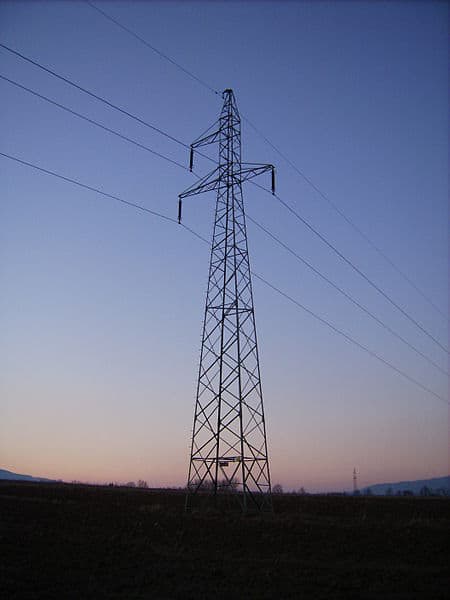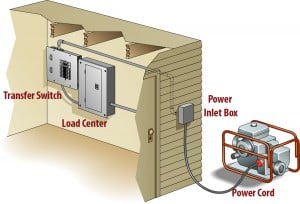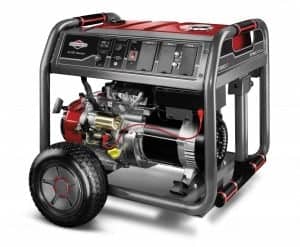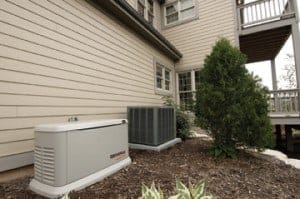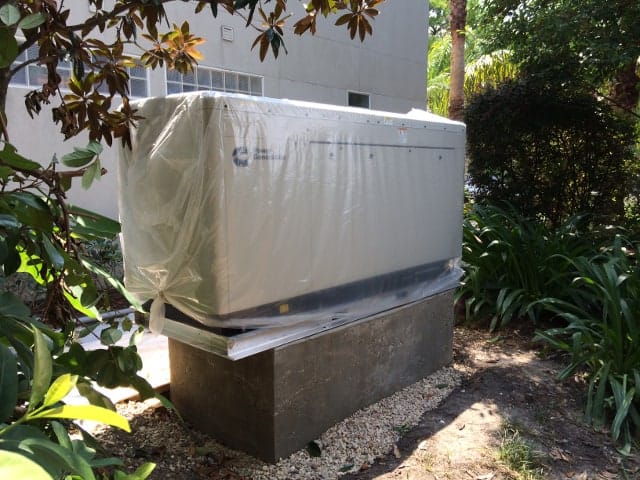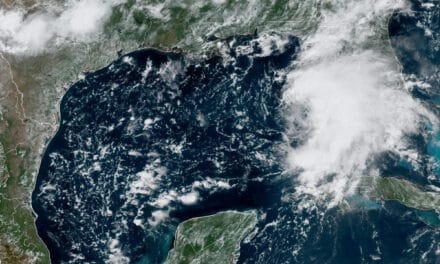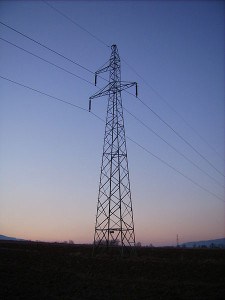
High-Voltage Transmission Towers Support Cables that Carry Electricity Across the Continent’s Electrical Grid.
Federal authorities and electric utility companies are working together this week to simulate a national electric grid blackout. The purpose is to educate the Federal Government on what will happen if a terrorist attack or other event caused a widespread blackout of the nations power grid. “This exercise is designed to test how well participating agencies respond to a widespread power loss and challenges stemming from that event…”
No loss of power to utility customers is planned, but it does raise a question. What would you do if the power went out and stayed out? What if your local utility couldn’t provide you with electric power?
In a recent article, the New York Times called the nation’s power grid “The glass jaw of American industry.”
Would you be prepared if the nation’s power went out for an extended period of time?
It Could Happen
The nation’s power supply is distributed by transmission networks that span the entire continent and include Mexico, The United States, and Canada. They include 5800 major power plants, a mix of smaller generating facilities, and nearly half a million miles of high voltage transmission lines.
The entire grid is controlled by a widely variable mix of devices and computers, some of which are veritable antiques. And opposite of what you would think, it is the oldest of those devices that are least vulnerable. Newer equipment relies heavily on Windows-based software and controls; the same operating system and software that is so vulnerable to attack by a virus or malicious software.
One possible scenario that this weeks test is incorporating is a substation break in and subsequent infection of the equipment spreads to other computers that control the grid, and shuts off the power.
Conduct Your Own Scenario
It’s always best to be prepared for the worst. You never know when a earthquake will strike, or when a tornado outbreak will devastate a region, or something else causes the power will go out. The first thought that goes through anyone’s mind is to wonder when the power will come back on.
What if it doesn’t?
There are plenty of online resources that offer lists and other advice. You need a supply of food and water and a way to keep your family warm. Most homes today rely on electricity for their heating systems, and to keep other essential systems operating. If the power grid is out, your only option is to make your own electric power.
Your own power grid failure scenario should include storing food and water and planning your emergency power use and how to conserve fuel.
Home Generators for Emergency Use
Portable generators can provide power in an emergency, but they work best when connected to the building through a transfer switch―a device that isolates the building from the electric utility. That requires planning, even if you’re a do-it-yourself kind of person that can handle the job. Portables need a continuous supply of liquid fuel and chances are good you won’t have the ability store more than a few days worth. In a scenario like this, a mid-sized unit will use less fuel and you’ll have to conserve electricity.
Remember that fuel use is directly related to electricity use. The more electricity you use, the more fuel you will use.
Standby Generators connect to a building through an automatic transfer switch. Most small to mid-sized commercial and residential units operate on natural or LP gas and can run for days without refueling. Air-cooled models are economical to purchase and operate, while liquid-cooled units provide exceptional reliability
To keep your generator running for long periods of time, maintain it during use with new spark plugs, fresh oil, and clean filters. Keep in mind that during a long-term power outage, gas companies may not be able to provide a continuous supply. The ability to change from natural gas to LP gas might be a benefit.

